September 1-7, 2024
A very warm transition into fall
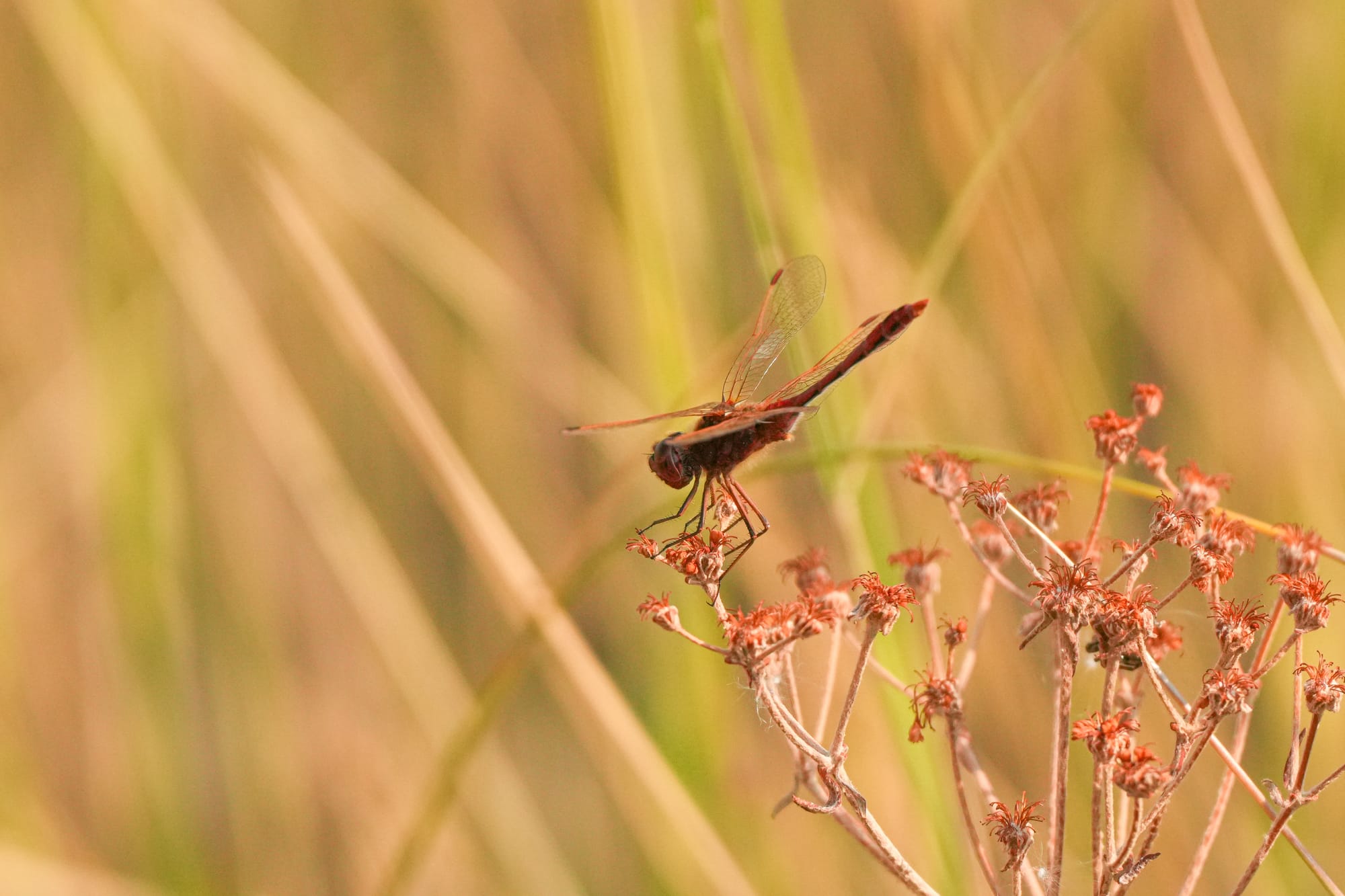
Summer temperatures returned in a week of blazingly hot sunny days as we slide towards autumn.
Week in Review
Seeing a dead grasshopper doesn't seem like a big deal, but it's a sign that the seasons are changing. During last year's horrible grasshopper infestation, I remember a moment when I started noticing more dead grasshoppers (which turn dark brown to blackish) than living grasshoppers. Not only was I thrilled that these voracious plant-eaters were dying, but it was a clear signal that summer had begun turning into autumn.
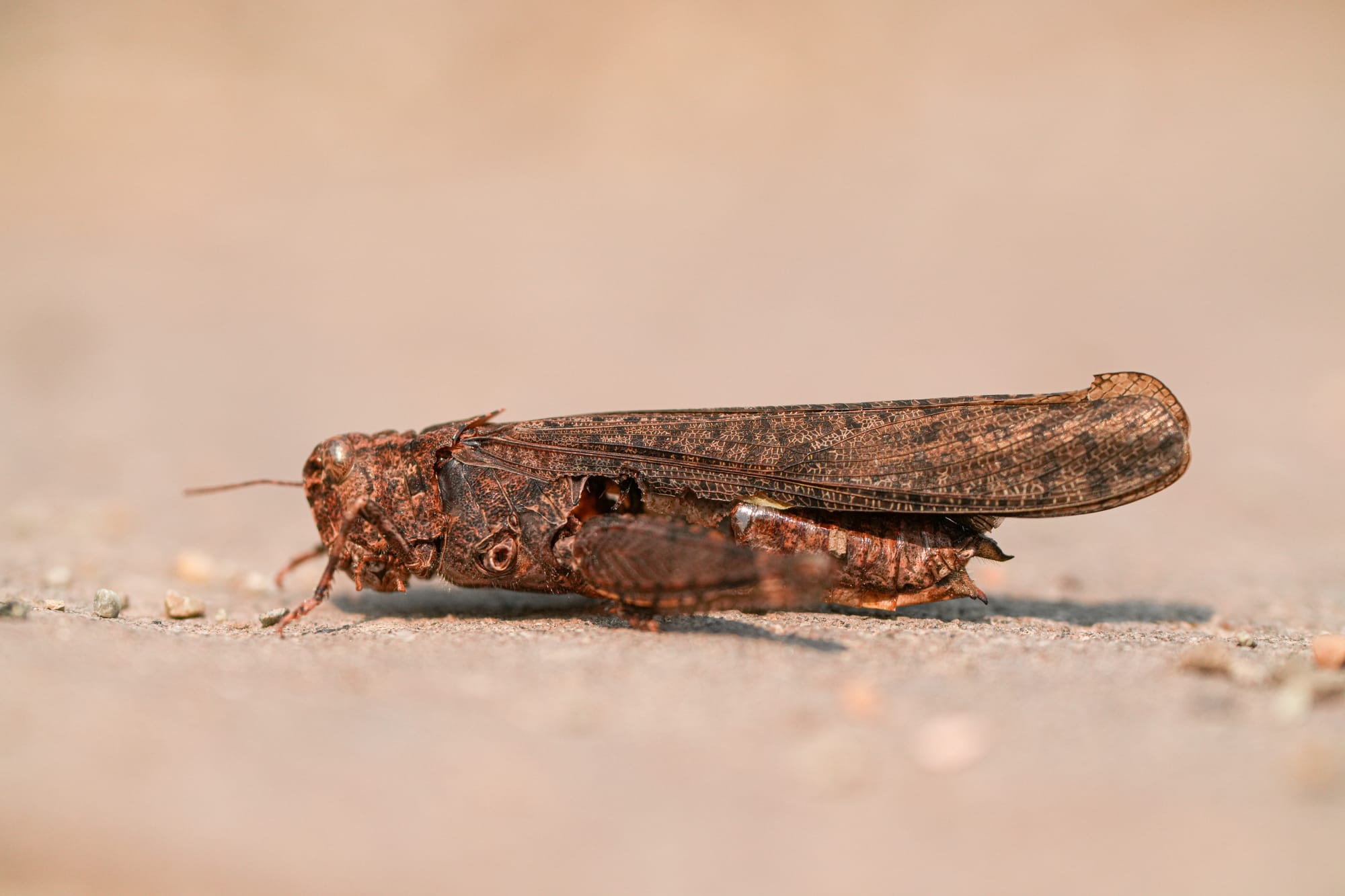
Of course, there are many other signs of the changing seasons: a few leaves turning red, late summer flowers, and changing bird behavior. One of the most obvious plants to start changing colors seems to be chokecherries, which are especially noticeable because they have large leaves and occur almost everywhere in the valley. This is just the start of the many colors we'll be seeing over the next two months!
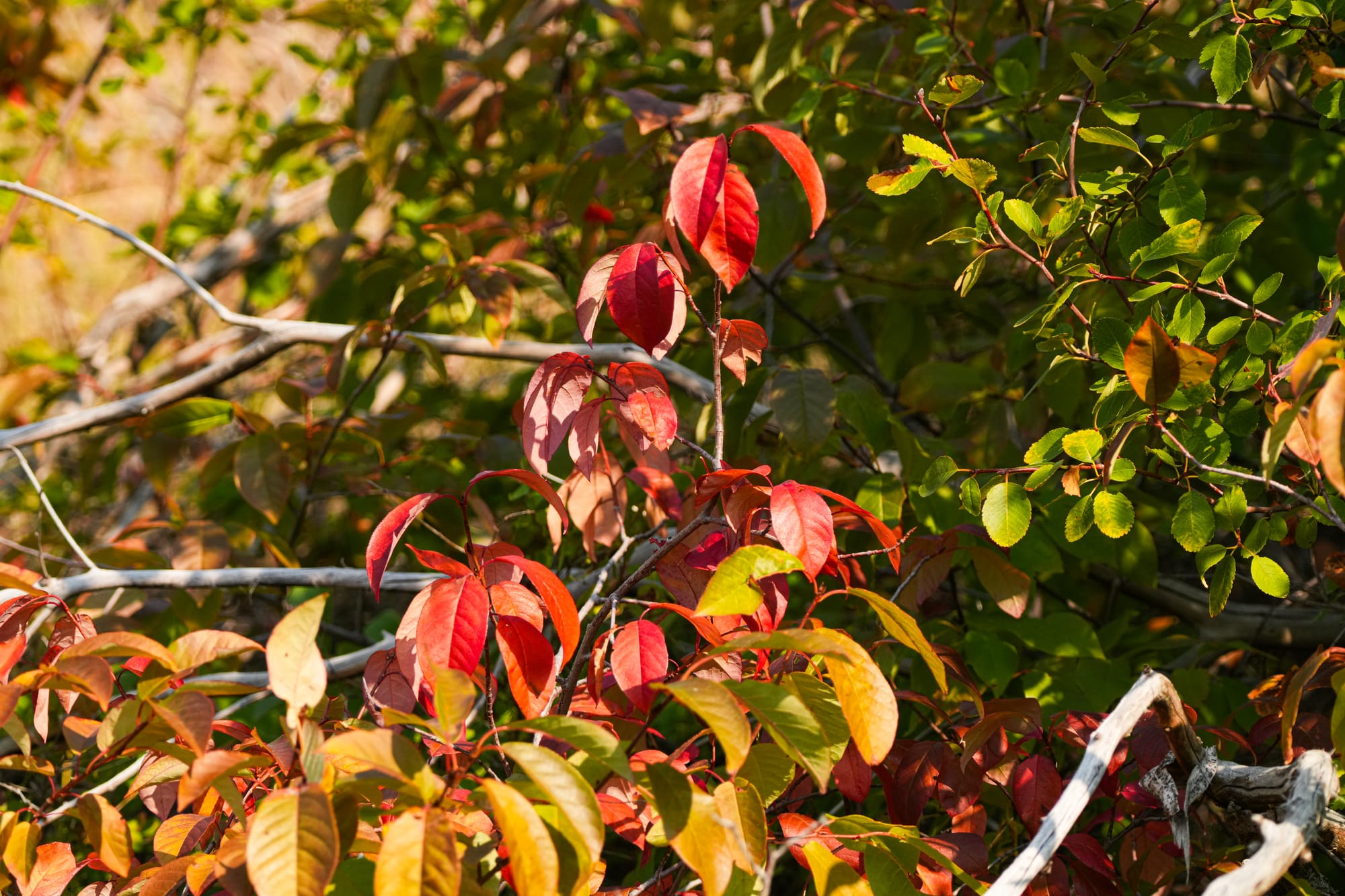
There's a lot going on with birds right now, ranging from huge gatherings to sightings of single birds. Examples include a very skittish juvenile double-crested cormorant at Patterson Lake on September 1, a huge group of swallows over Twin Lakes and many black swifts at Cutthroat Lake on September 2, small formations of migrating ducks and 15 northern shovelers at Twin Lakes on September 4, and a single female western tanager flying over my yard on September 5.
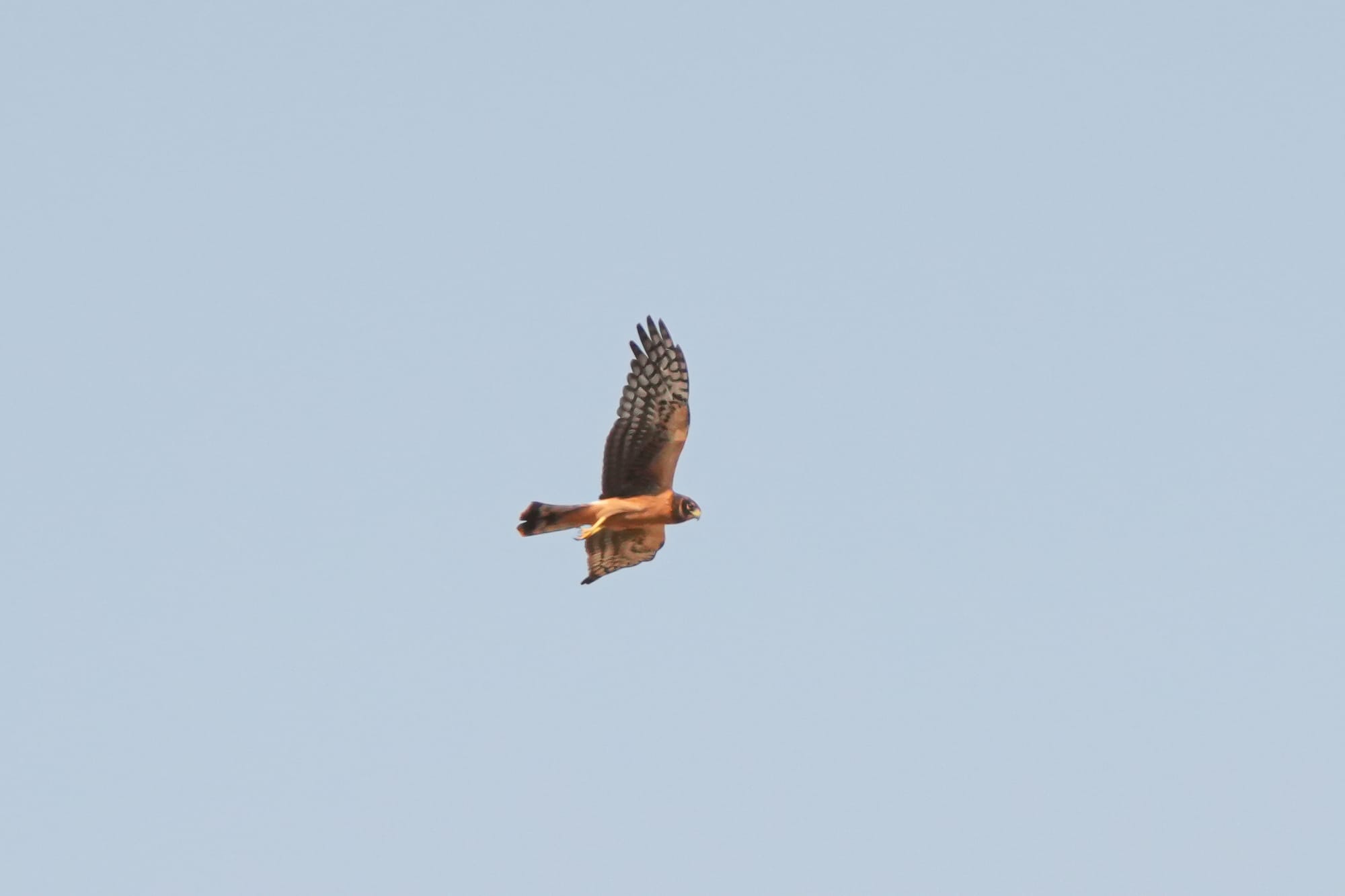
Perhaps my favorite sighting of the week was spotting a group of at least 50 common ravens circling over Frost Road—I can't recall ever seeing a group this large! These were probably roaming juvenile birds because adults are paired up and prefer to stay on their territories, while juveniles avoid being harassed by adults by gathering in large groups as they play and learn about the world together.
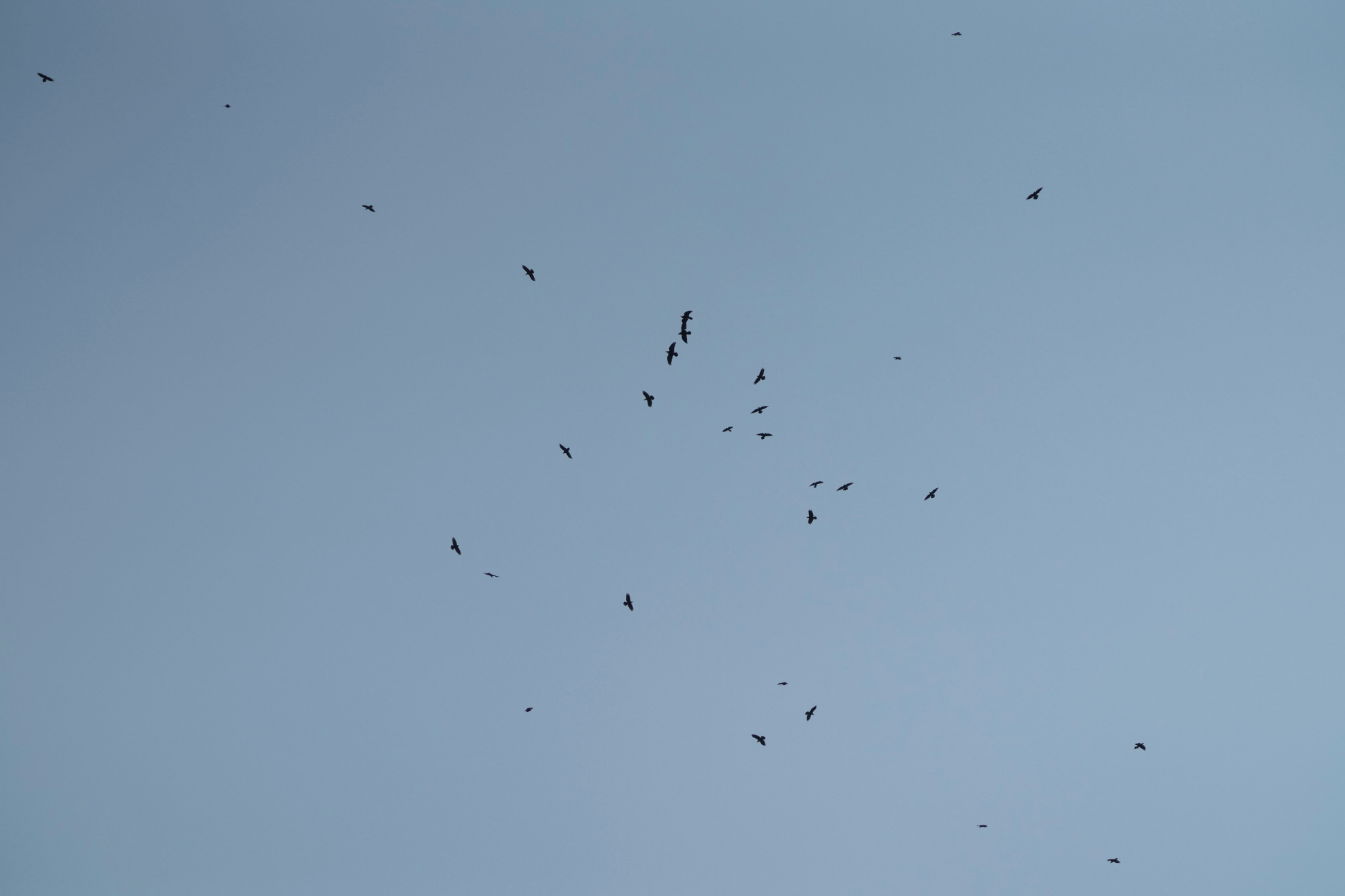
Of course, this a very active time of year for insects as well. Not only are there lots of dragonflies, praying mantises, and butterflies, but you might also see surprising late season insects like adult antlions showing up at lights at night. Many of these insects are making a final push to complete their life cycles and lay eggs before the days start turning cold.
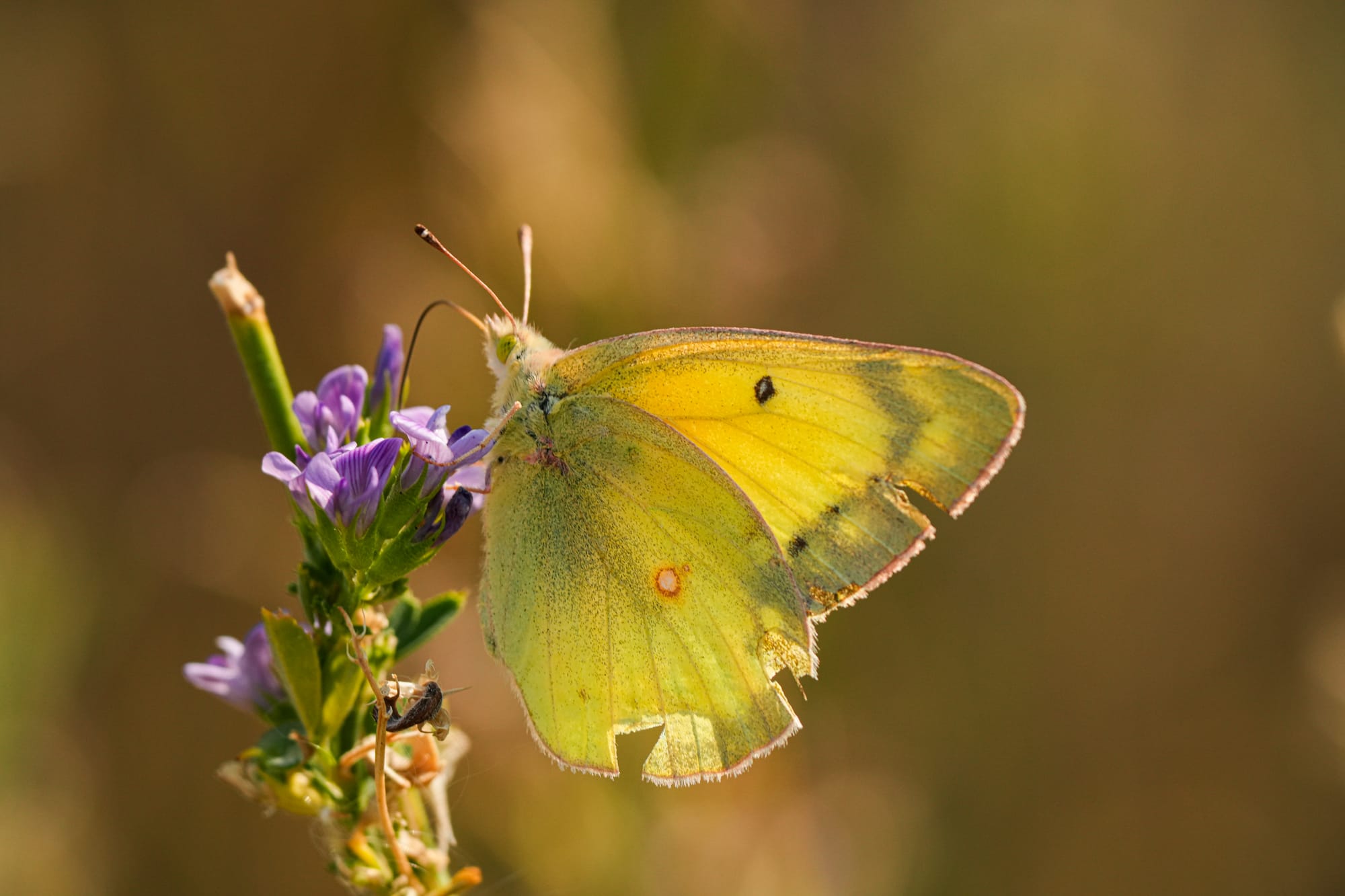
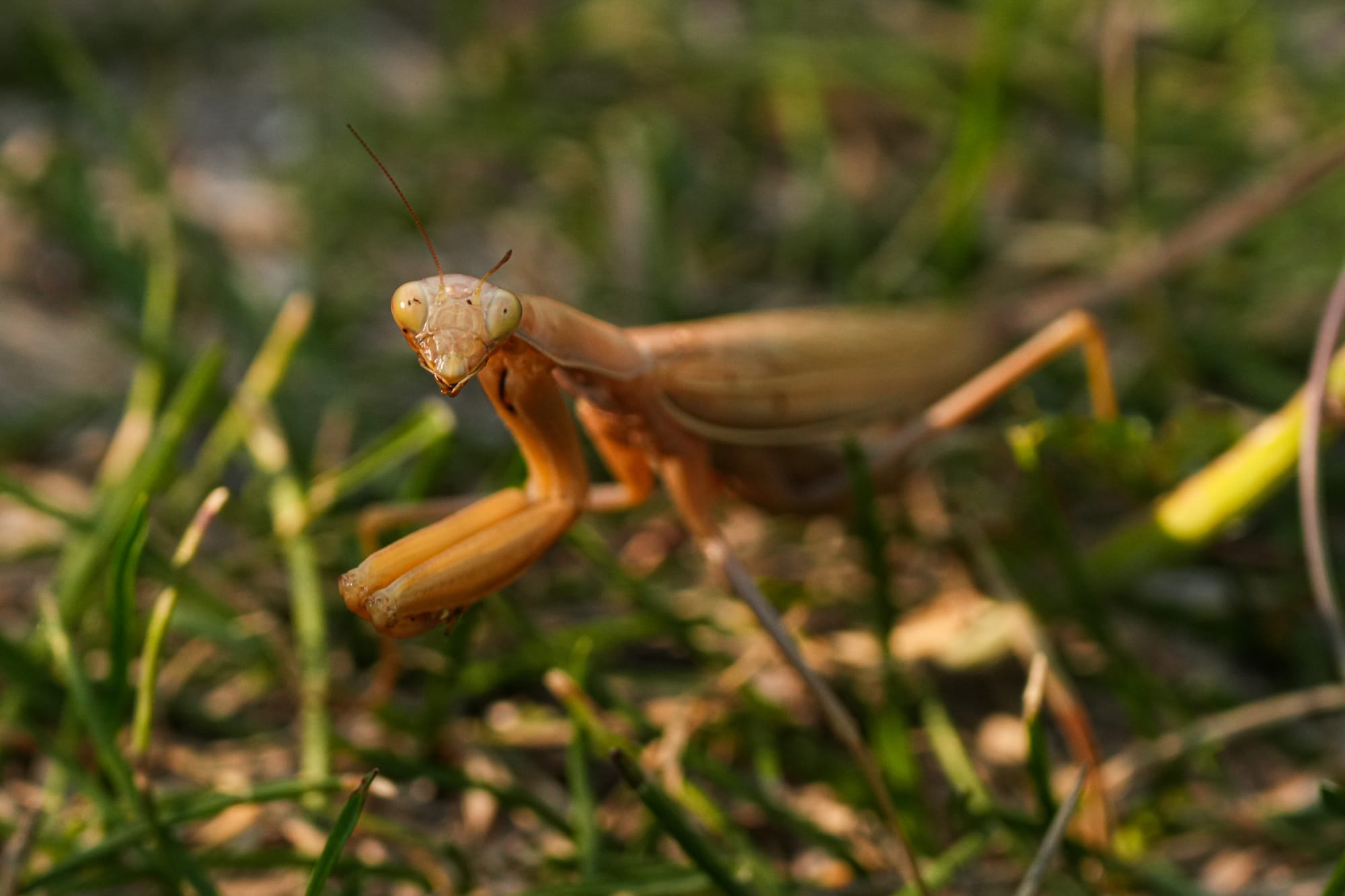

A Note About Gumweed
Someone told me an unfortunate story this week about their neighbor ripping out gumweeds, and it made me realize that other people might be making this same mistake. Apparently, there's a long tradition of ranchers getting rid of gumweeds because it's a plant that cows don't eat, so it's possible that other people hear about this and assume it's a bad plant.
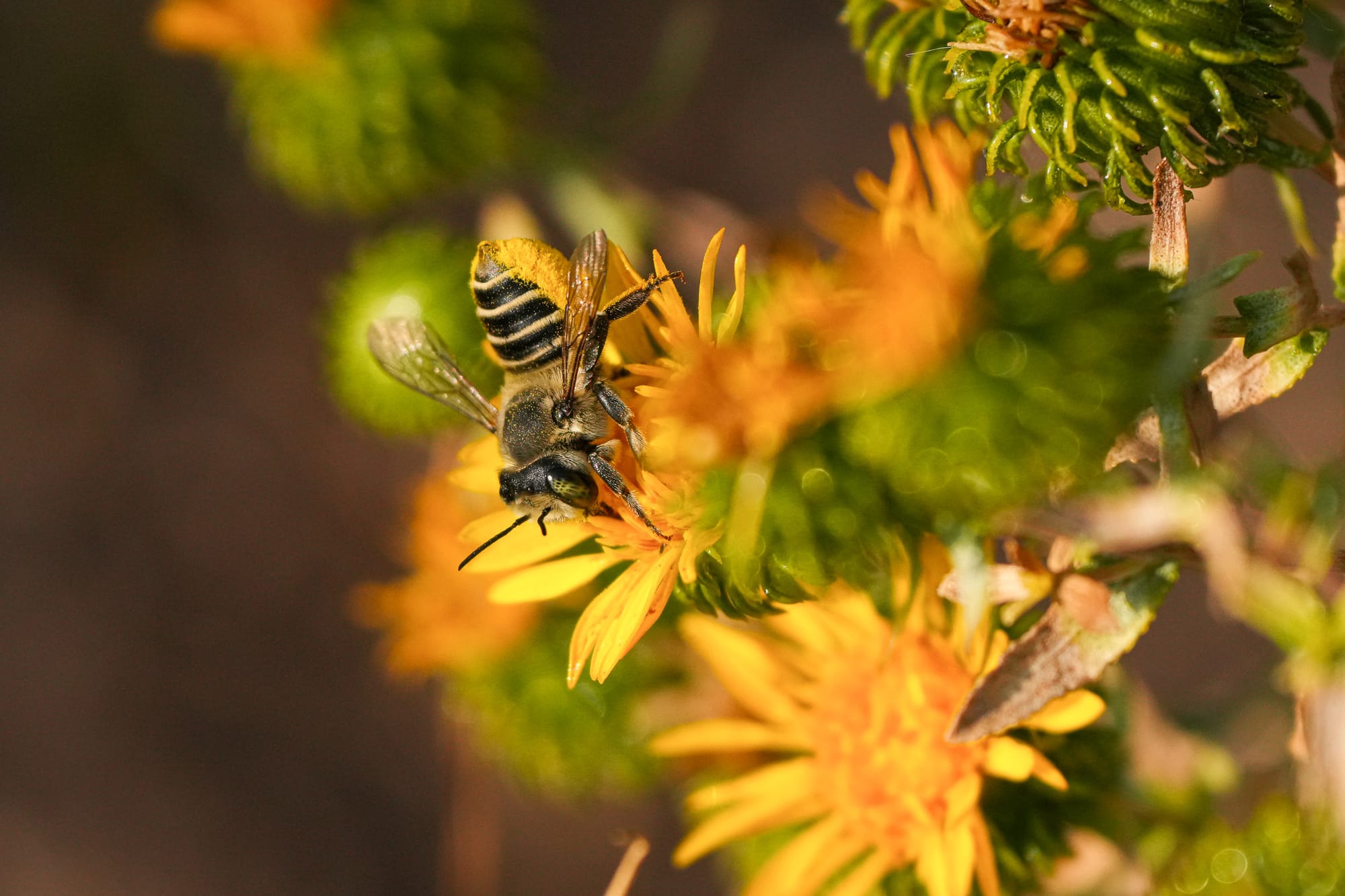
Our common local gumweed is curlycup gumweed (Grindelia squarrosa), which is notable for its gummy, shiny appearance and the strongly curled bracts below its flower heads. The Forest Service calls this plant "a great source of food and nectar for pollinators in the late summer and early fall."
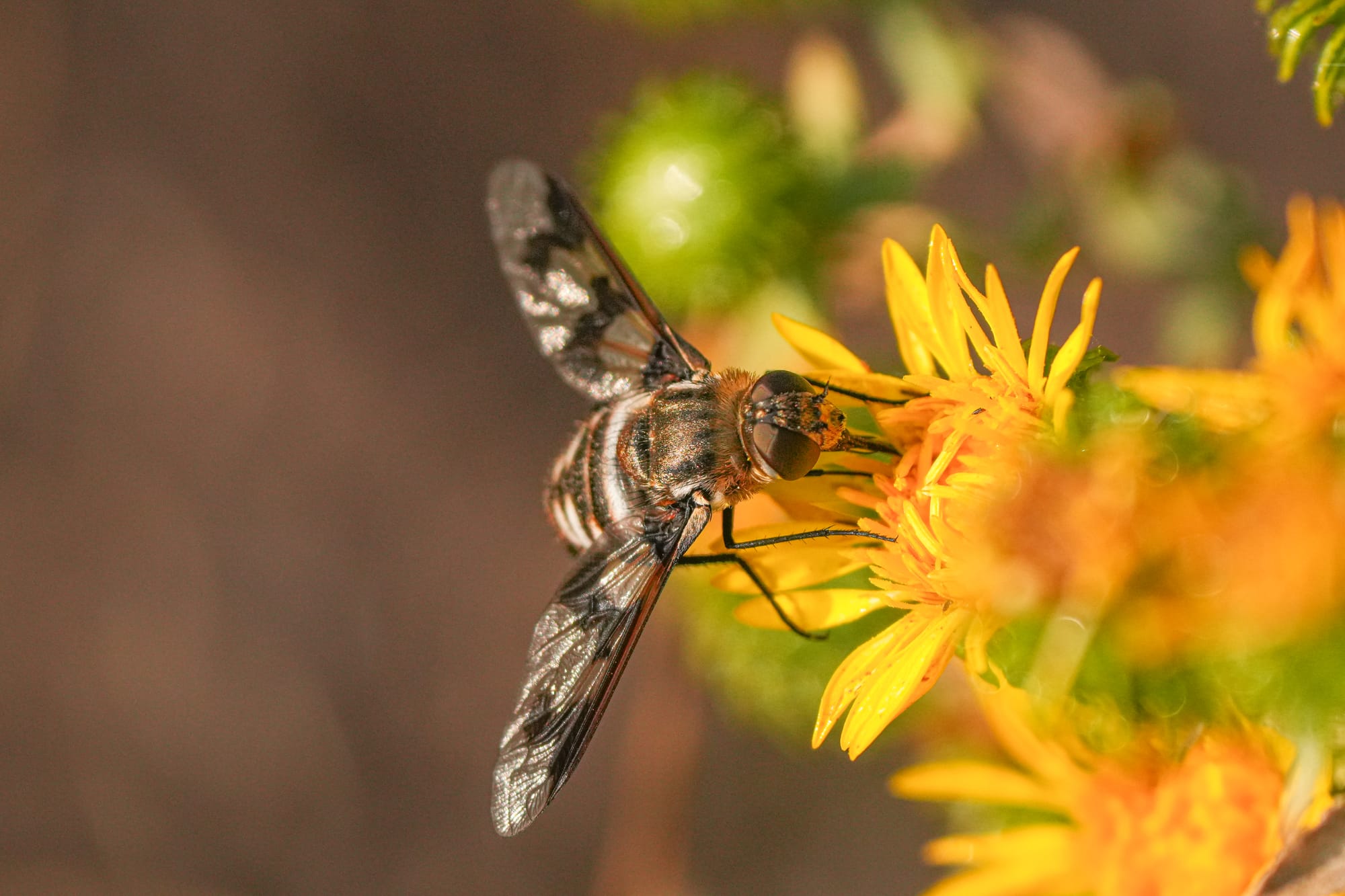
Gumweeds are highly drought-tolerant plants that become more numerous during drought years, or when the land is drying out from being poorly managed. But because they are a drought tolerant and a favorite plant for many pollinating insects, they are a critical piece of what keeps this valley alive during both dry and wet years. Getting rid of them means there will be far fewer places for insects to find food during a drought, so please think twice before pulling any gumweeds.
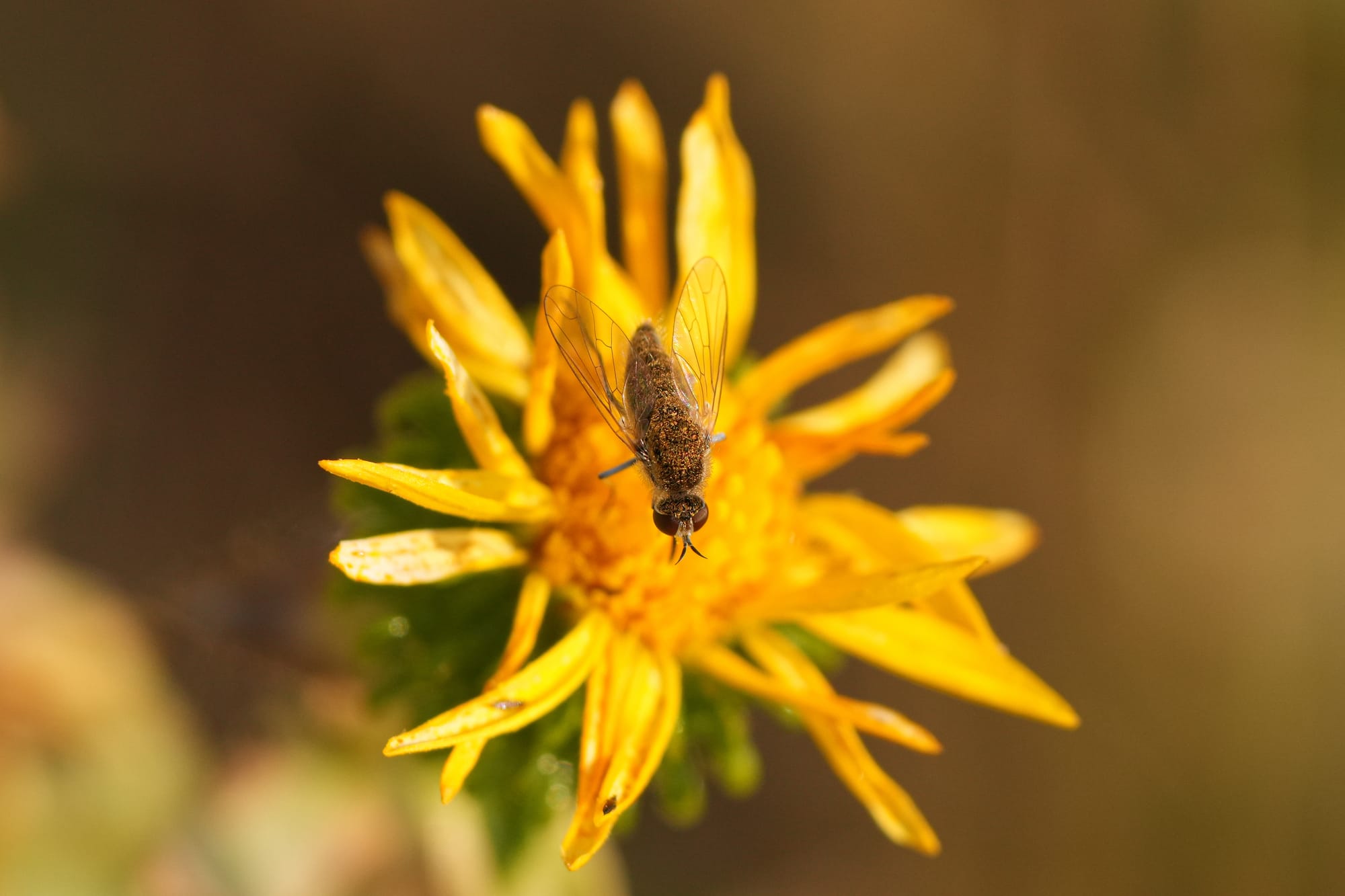
Observation of the Week: Water Striders
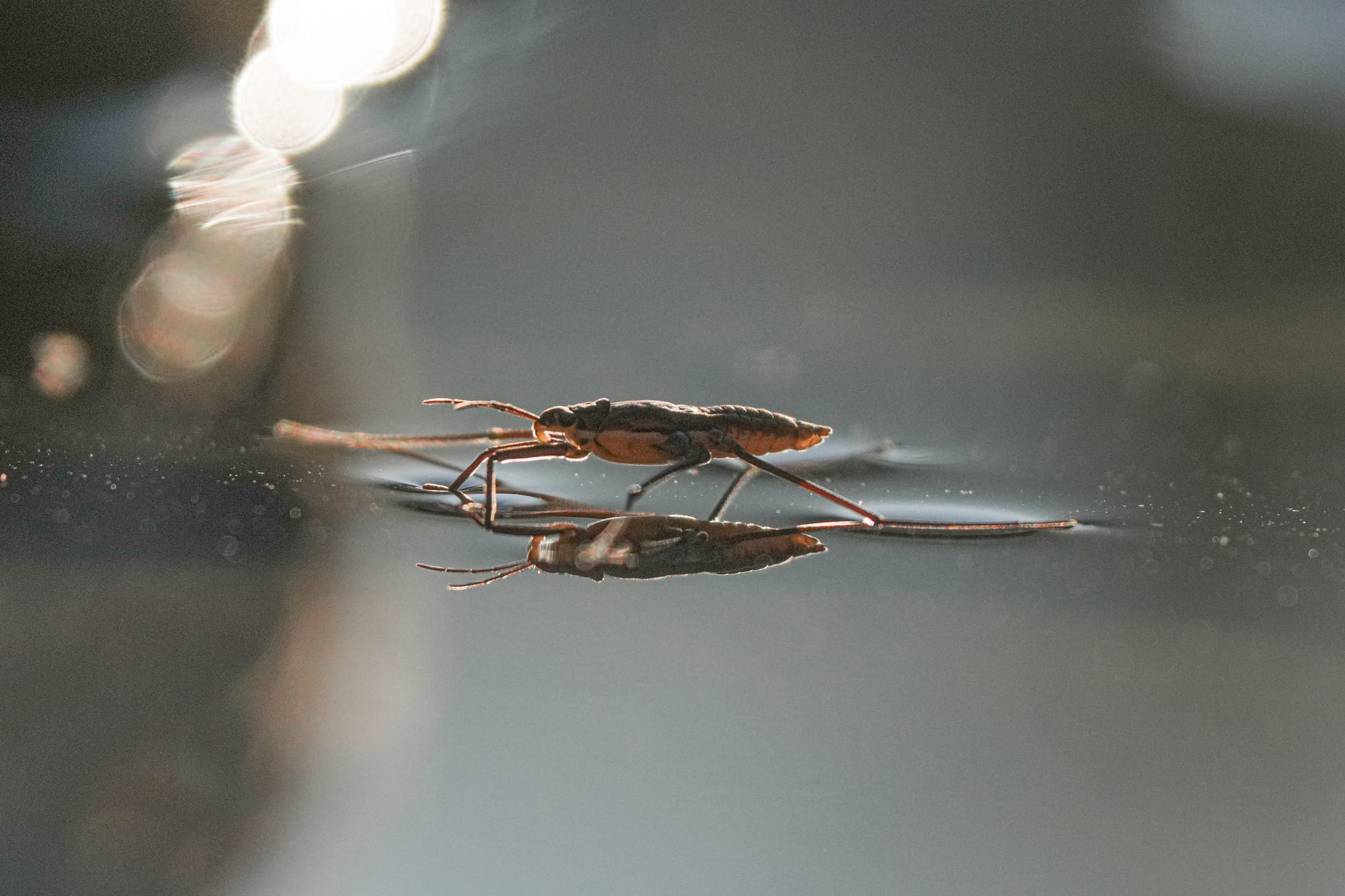
One of the joys of late summer is wandering along the river or visiting your favorite swimming hole, so you're probably familiar with water striders. In fact, I wrote an in-depth article about water striders this week and was amazed how many people commented that this is one of their favorite insects, or that water striders bring back fond childhood memories.
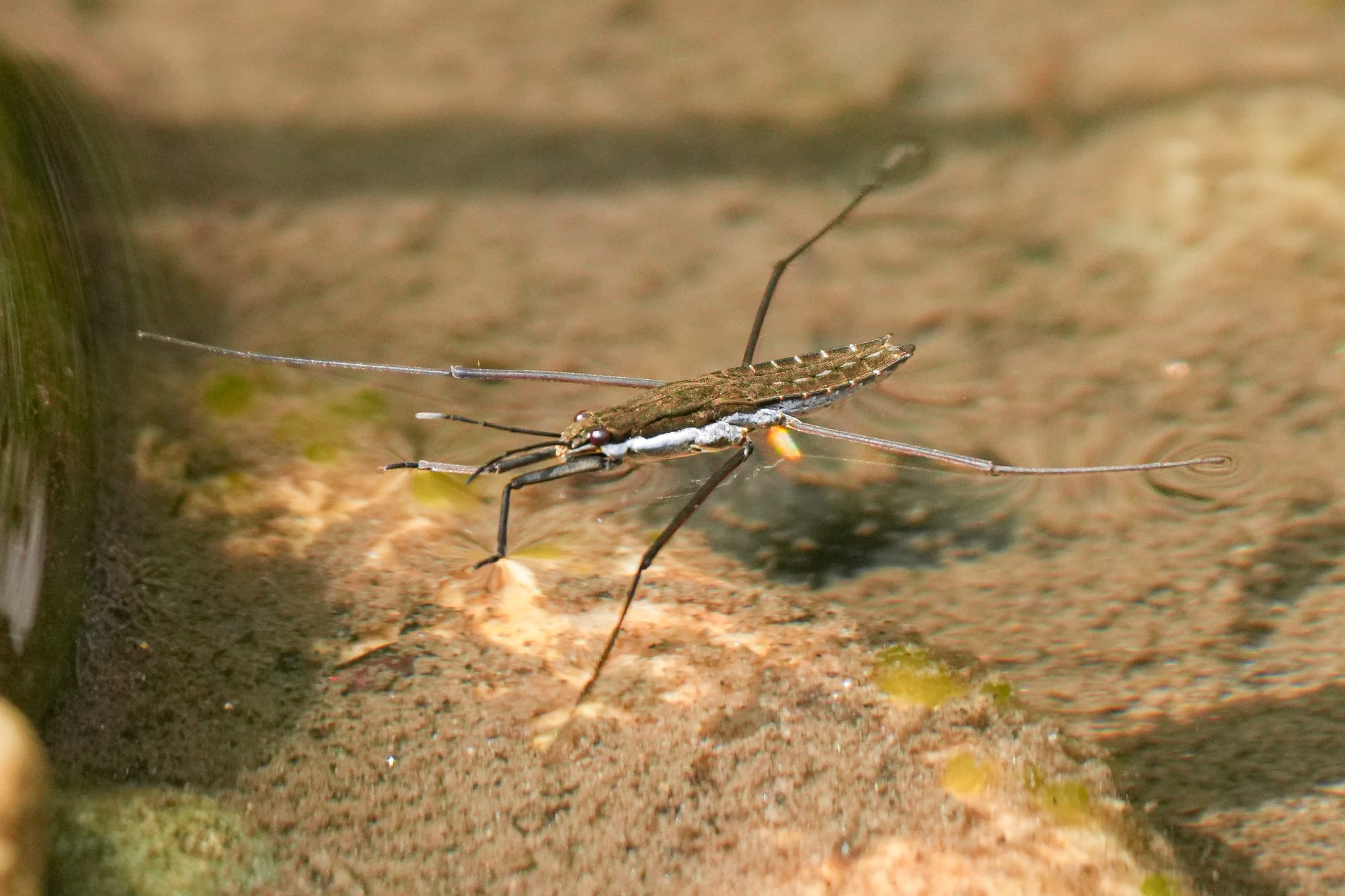
Water striders spend their entire lives on water surfaces, and they are especially conspicuous right now because water levels are lower, so they have become concentrated in smaller areas.
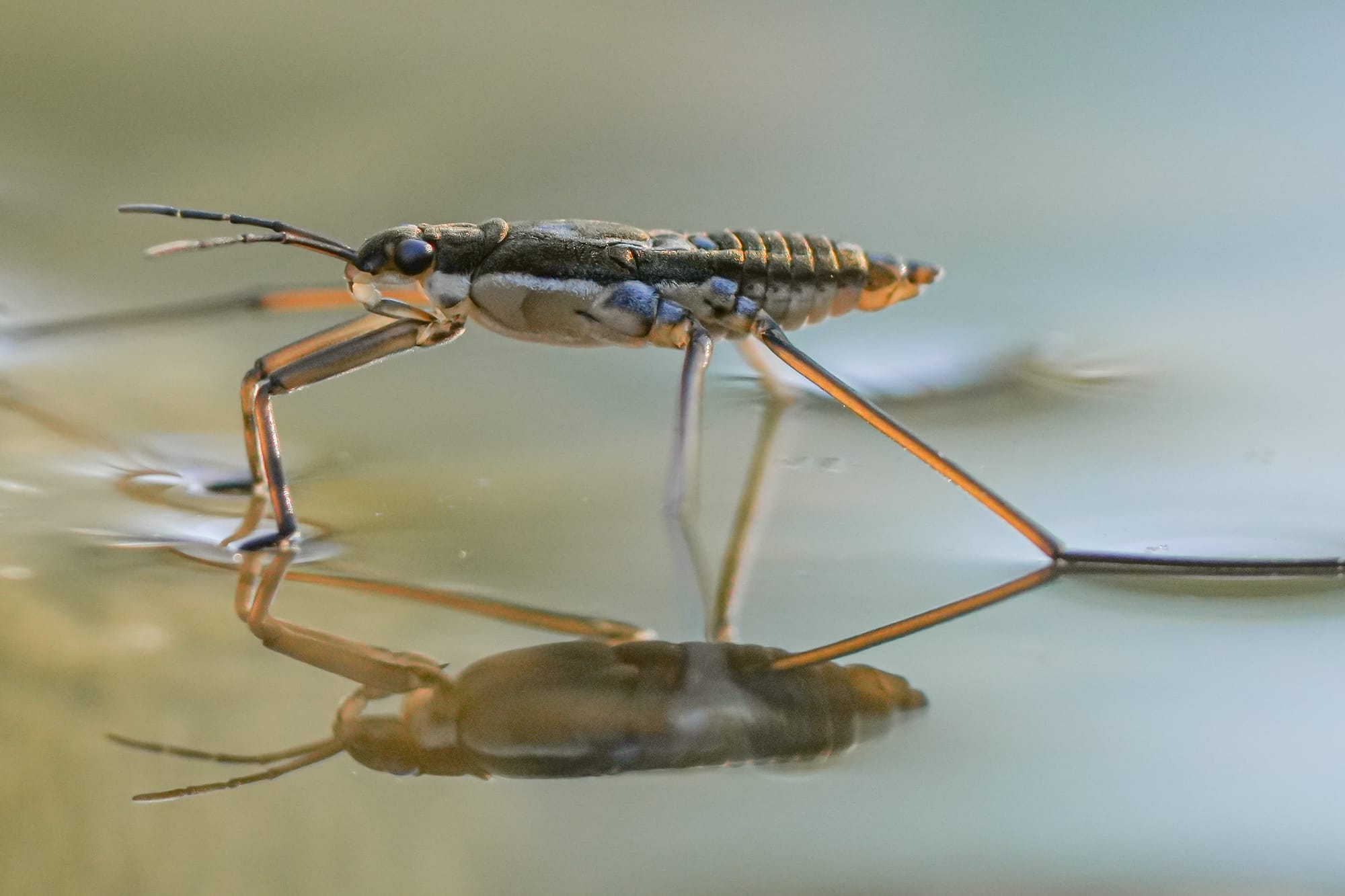
Living on the surface of ponds and quiet waters, water striders hunt down and eat any insects that fall on the water. Actually, they don't "eat" in the traditional sense, instead they spear their victims with their beaks then inject digestive juices that turn the victim's insides into a liquid soup that the strider drinks.
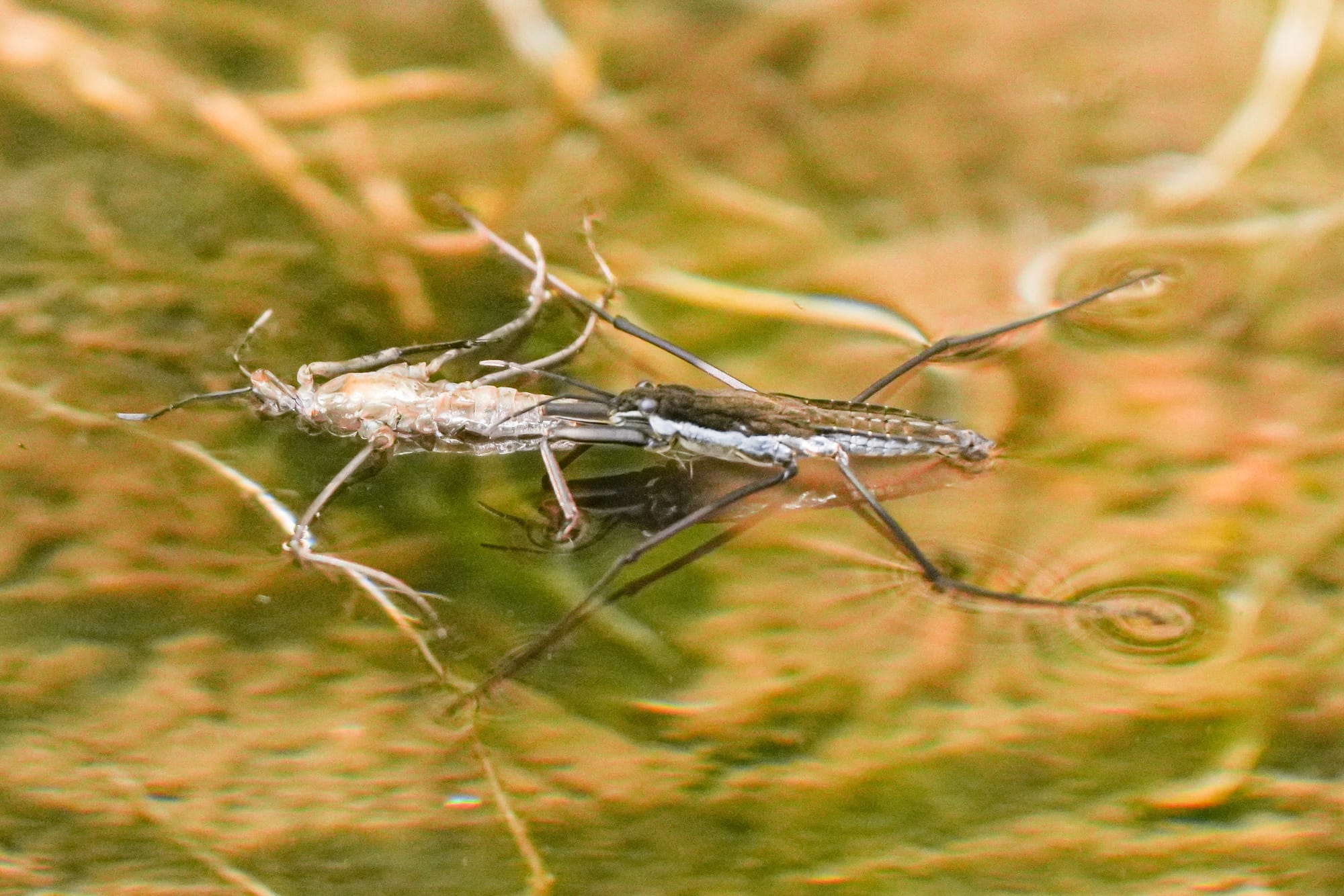
Water striders go through 1-3 generations over the summer and then, before winter sets in, the surviving adults find secure hiding places on land where they overwinter under the snow and emerge the following spring.

